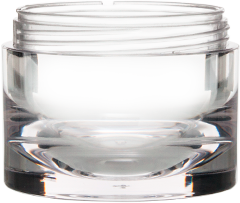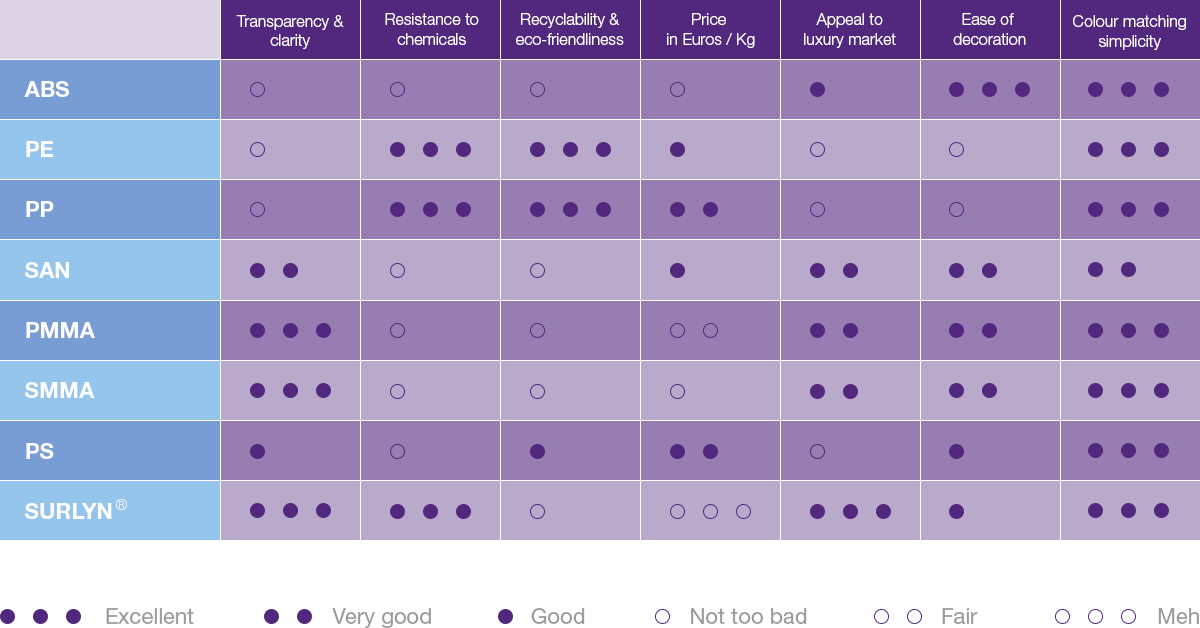1. PE or PP shive
Jar shives provide you a high quality barrier between jar and cap to preserve contents in peak condition. Usually made in PE or PP, it's recommended to use them together with an EPE liner in the cap for a good leakage resistance.
Plastic is an excellent and versatile material that can be used with numerous products. Compatibility can be an issue, as some formulations are more basic or acidic and require a specific type of plastic to hold them. Hence, an interior liner or secondary well made of a different, more neutral plastic can be used without sacrificing attractiveness. A shive, or lining lid, can be included to prevent premature drying or oxidation, which can lead to the product taking on an unattractive colour.




Each synthetic polymer has its own unique set of advantages and drawbacks. Some offer better clarity and brilliance, others provide barrier properties versus various electromagnetic waves, still others are more or less compatible with formulations. As a quick reference, here we offer a simple chart to indicate which plastics are most appropriate according to specific criteria.
